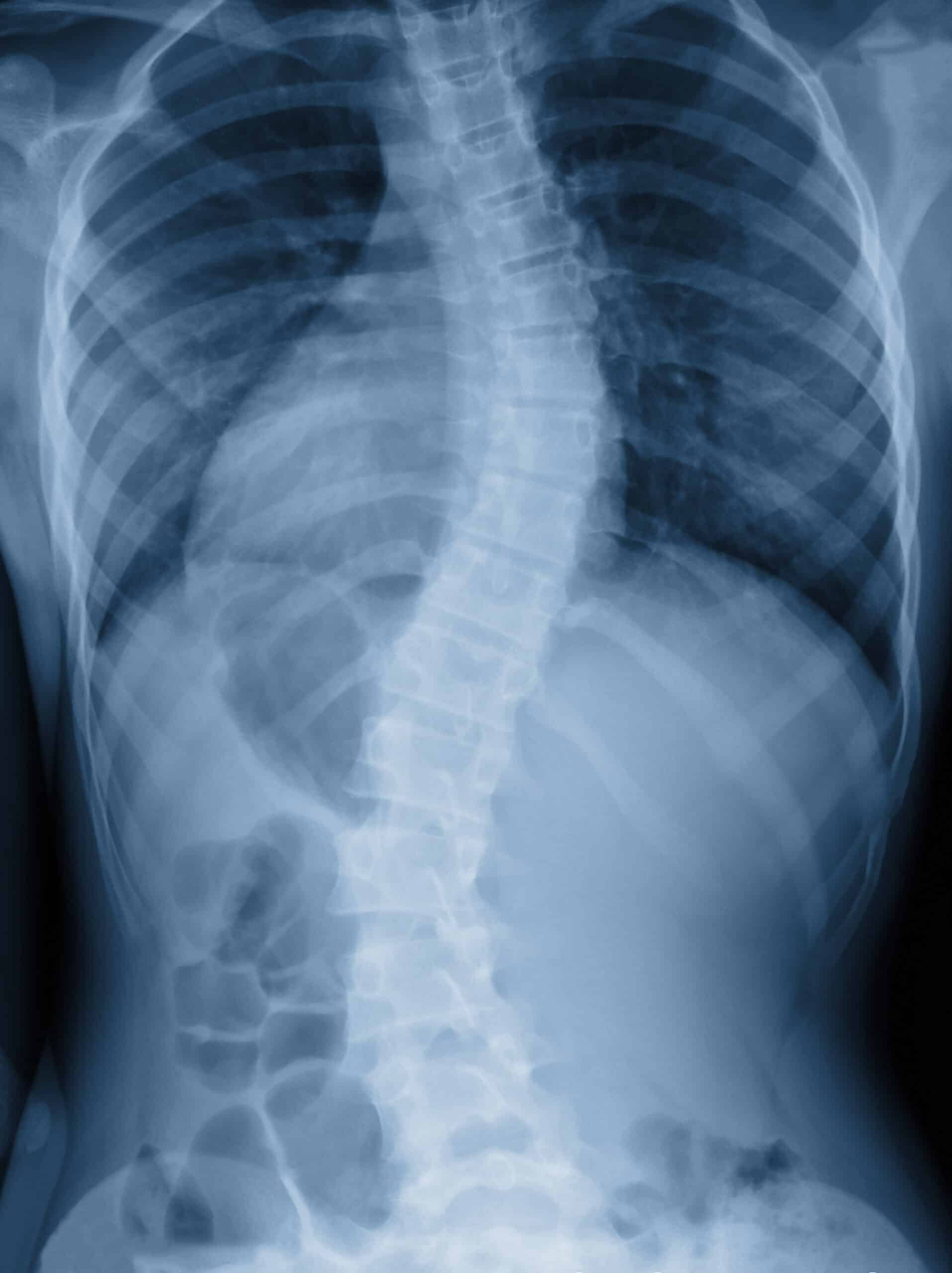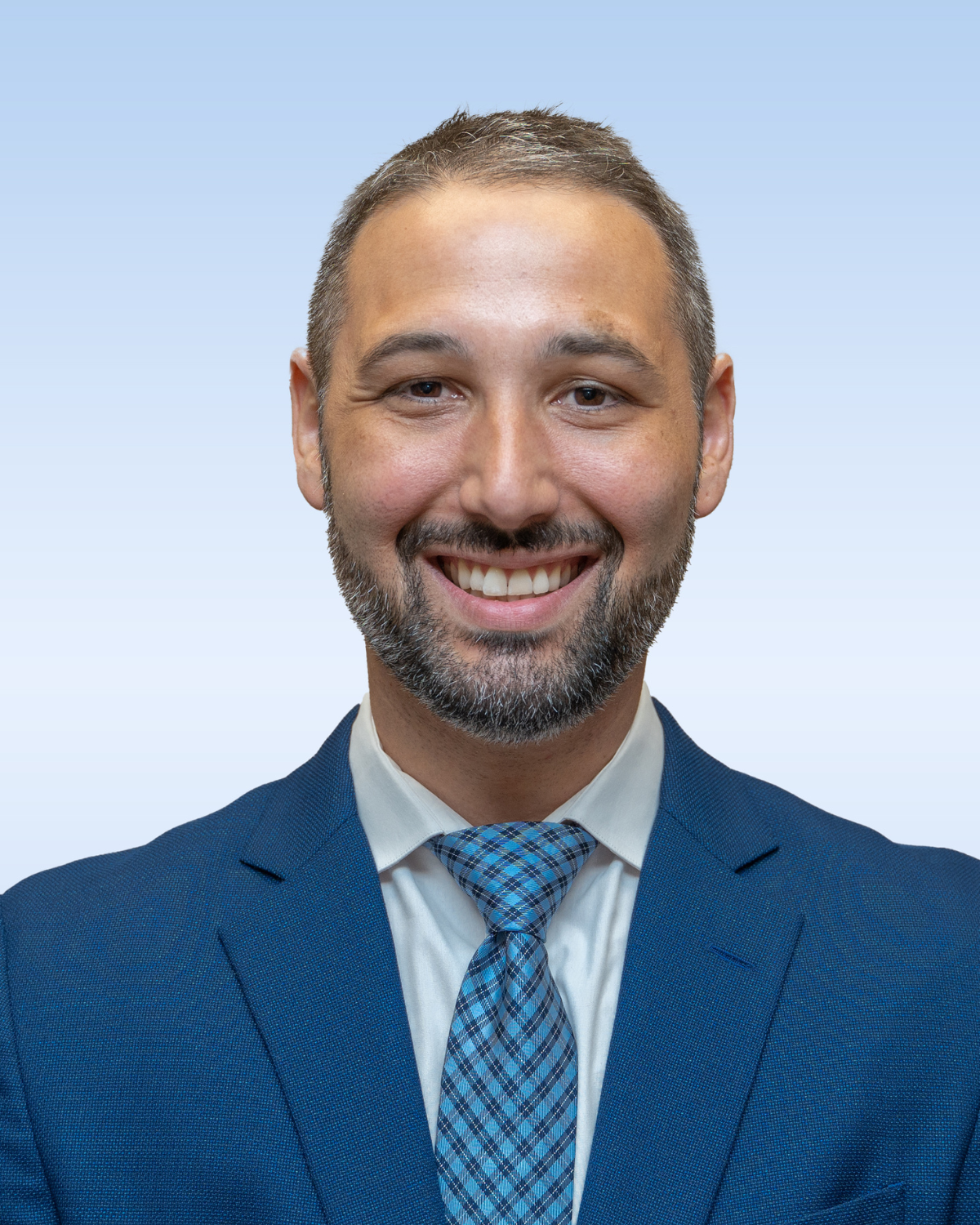Understanding Scoliosis: What to Expect During a Scoliosis Exam
Back-to-school season is here, and with that may come time for routine health screenings. If you have a child in elementary or middle school, chances are the school nurse will soon screen them for scoliosis. While the word scoliosis might sound intimidating, early screening is a simple and important step in protecting your child’s long-term spine health. In this guide and video, Dr. Jon Lentz, pediatric orthopedic surgeon at Seaview Orthopaedics, breaks down everything parents need to know—from what scoliosis is, to what your child can expect during a school screening and beyond.
What is Scoliosis?
Scoliosis is an abnormal curvature of the spine that often develops during periods of rapid growth in childhood, often between the ages of 10 to 16. There are a few different types of scoliosis, but the most common is idiopathic scoliosis, meaning there is no known cause. These are usually otherwise healthy children, with no symptoms beyond a curve in the spine. The earlier scoliosis is detected, the sooner we can start treatment and help prevent it from progressing.
Scoliosis Screening Exam: What Your Child Can Expect
1. Visual Back Check
The exam starts with a visual assessment of your child’s back while they stand up straight and look forward. The nurse or physician will check:
- Shoulder height (to see if one is higher than the other)
- Shoulder blade position and symmetry
- Waist creases and the level of the pelvis
This helps to determine if there’s any visible imbalance, which may be a sign of scoliosis or sometimes just normal variations in posture.
2. Forward Bend Test
Next, your child will bend forward at the waist with their arms and head relaxed. This is one of the most reliable tests for scoliosis. The doctor looks for any rotation or unevenness in the rib cage or muscles along the spine.
3. Muscle Strength Testing
Next, they will check the strength in your child’s legs, feet, and toes. This helps confirm that the nerves are functioning properly and that there are no neurological concerns related to the spine.
4. Hamstring Flexibility (Popliteal Angle Check)
Tightness or differences in flexibility between the legs can sometimes suggest a neurological cause of scoliosis. The physician or nurse will gently stretch each leg and compare the angles to see if both sides are symmetrical.
5. Abdominal Reflex Check
With a gentle stroke of the skin near the belly button, this checks for a natural, slight movement of the belly button in all directions. This response tells us that the nerves in the spine are functioning well.
6. Reflex Testing
Finally, the Achilles (ankle) and patellar (knee) reflexes are tested using a reflex hammer. These are routine checks that give more information about your child’s nerve and muscle health.
My Child Has a Positive Screening, Now What?
If a child has a positive scoliosis screening, the next step is to visit their primary care physician. From there, a referral to a pediatric orthopedic specialist is typically recommended. During the specialist visit, if scoliosis is suspected based on the physical exam, an X-ray is taken to measure the curve and help determine the best course of action.
How Is Scoliosis Treated?
There are a few main ways we treat scoliosis:
- Observation – For mild curves, we may simply monitor it over time with exams and occasional X-rays every 4 to 6 months.
- Schroth Physical Therapy – For mild to moderate curves, this specialized therapy has shown great results. We’re proud to have certified Schroth therapists here at Seaview Orthopaedics. In some cases, Schroth therapy can even reduce the curve, and in others, it helps prevent it from worsening.
- Bracing – For moderate curves in children who are still growing, we may recommend a brace. The goal of bracing is to prevent progression. The best results come from combining bracing with Schroth therapy.
When is Surgery Recommended?
Surgery is reserved for more severe curves—typically over 50 degrees. Research shows that curves of the this degree tend to continue progressing even after a child finishes growing, while mild and moderate curves tend to stay stable into adulthood.
At Seaview Orthopaedics, our goal is to help patients and their families feel reassured and supported. Scoliosis can occur in young, otherwise healthy children, and should not be seen as a limitation. It should not stop kids from playing sports, dancing, or doing the activities they love. Our team is here to monitor the condition, manage any changes, and provide personalized care every step of the way—so each child can continue living a full and active life with confidence.
Meet Dr. Lentz
Dr. Jon Lentz is a board certified, fellowship-trained pediatric orthopedic surgeon who treats musculoskeletal issues in infants, children, adolescents, and young adults. Dr. Lentz specializes in the management of spinal deformities such as scoliosis and kyphosis. Other areas of clinical expertise include management of sports injuries in growing athletes (such as growth plate-sparing ACL reconstruction), limb deformities, and trauma in this age group.



